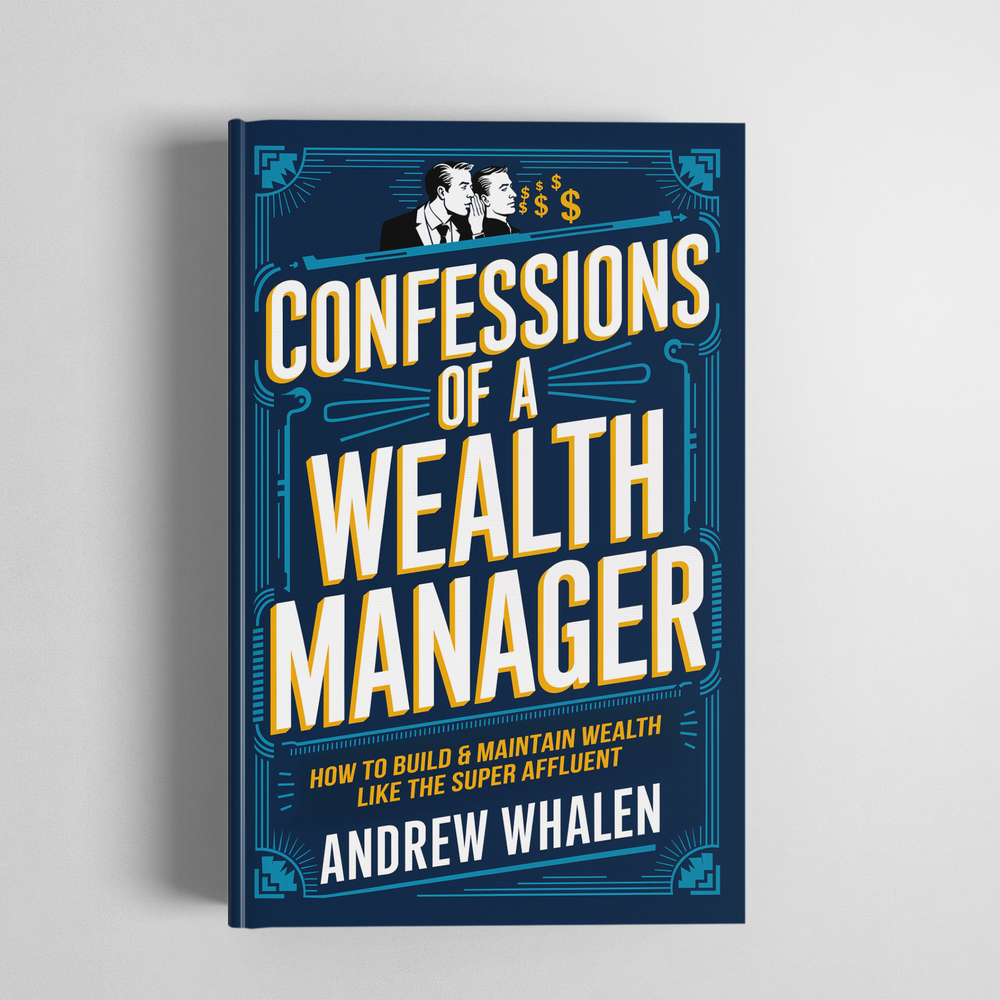Retirement Land Mines: 10 Hidden Risks That Can Drain a $1M+ IRA
Even with $1 million or more saved, your retirement can still be vulnerable—unless you plan strategically.
Building a seven-figure retirement portfolio is a milestone worth celebrating. But for high-net-worth retirees, the work doesn’t stop at accumulation. Preserving wealth through retirement requires foresight, discipline, and careful attention to risks that may not be obvious on the surface.
At Whalen Financial, we call these “retirement land mines”—events or patterns that may quietly erode your nest egg faster than you expect.
Whether you’re recently retired or closing in on your retirement date, these are the 10 risks you should keep on your radar.
1. Market Volatility
Significant downturns in the stock market can impact retirees more than accumulators—especially those drawing income from their portfolios. For example, the S&P 500 recently experienced a 10% decline (source: Morningstar, as of Q1 2024).1
If your asset allocation leans heavily toward equities, a poorly timed pullback can disrupt your income strategy.
2. Insufficient Tax Planning
Large traditional IRA balances grow tax-deferred—but withdrawals are fully taxable. Without a tax-aware strategy, required minimum distributions (RMDs), Social Security taxation, and Medicare surcharges can add up.
Proactive tax planning—such as Roth conversions or withdrawal sequencing—can improve after-tax income and reduce long-term erosion.
3. Rising Healthcare Costs
Out-of-pocket medical costs in retirement can exceed six figures, especially if long-term care is needed. If you haven’t allocated specifically for health-related expenses, even a well-funded portfolio can feel strained.
Consider health savings accounts (HSAs), long-term care planning, and Medicare optimization as part of your broader strategy.
4. Longevity Risk
Thanks to medical advances, more retirees are living well into their 90s—and beyond. That’s good news, but it also increases the likelihood that your portfolio will need to support you for 30+ years.
This makes sustainable withdrawal planning essential, especially for those without guaranteed income sources like pensions.
5. Withdrawal Rate Misalignment
Many retirees rely on the 4% rule as a guideline—but that rule assumes stable market conditions and average longevity. Depending on your asset mix and time horizon, a higher or lower rate may be appropriate.
Some analysts now model sustainability at closer to 3.5%–5% depending on individual circumstances.2 The key is tailoring withdrawals to your risk tolerance, spending needs, and longevity outlook.
6. Inflation
Over time, inflation quietly erodes purchasing power. Even modest annual inflation can dramatically reduce the real value of your withdrawals over a 20–30 year retirement.
Building a portfolio with inflation-aware investments and adjusting your income plan accordingly can help maintain your lifestyle.
7. Lack of Diversification
Overconcentration—whether in stocks, real estate, or a single sector—can increase volatility and downside exposure. A diversified portfolio designed around your time horizon and liquidity needs helps mitigate risk.
Diversification does not guarantee gains, but it can help protect against large, unrecoverable losses.
8. Unplanned Financial Support
Helping adult children, grandchildren, or other loved ones can feel rewarding—but can also jeopardize your retirement security if not done with boundaries. Gifting strategies, family financial planning, and cash flow modeling can help ensure generosity doesn’t come at your own expense.
9. Underestimating Expenses
Many retirees find they spend more in early retirement than expected—on travel, hobbies, renovations, or lifestyle upgrades. If these are not accounted for, it can lead to accelerated drawdown of your assets.
Annual cash flow planning and real-time spending reviews can help you course correct.
10. Sequence of Returns Risk
Withdrawing funds during a market downturn early in retirement can create compounding challenges—reducing the amount of assets left to grow when markets recover.
A tailored withdrawal strategy, along with cash reserves or income buffers, can reduce your exposure to this risk.
Smart Planning Starts With Awareness
These land mines aren’t inevitable. With a personalized plan—one that adapts to market conditions, tax law changes, healthcare costs, and your evolving lifestyle—you can navigate retirement with greater clarity and confidence.
At Whalen Financial, we help high-net-worth individuals create strategies that align with their values, legacy goals, and long-term financial vision.
Choose the Path That Fits You Best
-
📺 Want Expert Insights?
Watch the Your Money Prism Webinar for a deep dive into the strategies we use to help retirees avoid common pitfalls. Click the blue square in the bottom left corner to get started. -
📘 Prefer the DIY Route?
Grab a copy of Confessions of a Wealth Manager to uncover the blueprint we use—and the questions every advisor should be able to answer (especially the ones they hope you won’t ask). -
👥 Want a Personalized Review?
Schedule your No-Fee Money Prism Diagnostic—a one-on-one session designed to uncover blind spots, improve your retirement readiness, and align your plan with what matters most to you.
No cost. No obligation. Just clarity.3
Disclosures
1 Market performance data sourced from Morningstar and reflects index performance as of March 31, 2024. Indexes are unmanaged and do not reflect the deduction of advisory fees or other expenses. Past performance is no guarantee of future results.
2 Withdrawal strategies are based on varying assumptions including market conditions, portfolio composition, and individual longevity. This is not a recommendation or guarantee. Please consult your financial advisor for personalized advice.
3 The Money Prism Diagnostic is provided without cost or obligation. Additional financial planning or investment management services are offered separately and only with client authorization.

